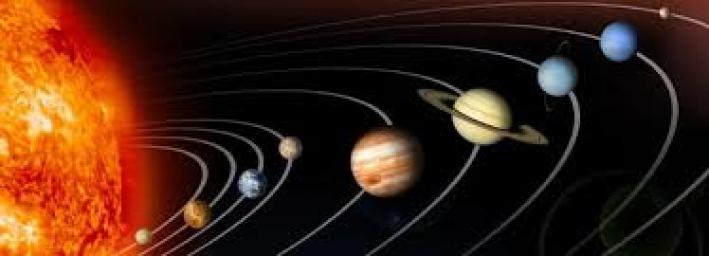Learning about the Solar System
When scientists looked at the stars long ago, they saw patterns. They did not understand everything about what they saw. So they kept looking to learn more. That is what scientists do. They ask questions and look for information to answer their questions. They are like explorers. They do not travel far the way explorers do. But they do make a kind of journey. They want to learn more. They go from what they know to what they discover.
Scientists have learned about our planet. It is very big. It is very diverse. There are places that are hot. There are places that are freezing. There are mountains and plains. There are hills and valleys. There are deep oceans. There are great rivers and waterfalls. There are rainforests. There are deserts. Those are all parts of our planet. There is much more to learn about what is here on Earth. A scientist dedicates much time to learning. The scientist works hard. The scientist helps us all find out more about our world.
Our planet is in a galaxy called the Milky Way. The sun is a big star in our part of this giant galaxy. Our galaxy holds millions of other stars. The sun is very important to our planet. The sun gives us light during the day. It gives us heat, too. Two other planets are closer to the sun than Earth: Mercury and Venus.
Scientists figured out how the Earth changes. Earth orbits the sun once each year. It travels once around the sun every 365 days. The other eight planets in our solar system also orbit around the sun. All travel in a pattern called an ellipse, which is a kind of oval. So at times Earth is farther from the sun. Scientists figured out that made it cooler on Earth then. But they also figured out that it is the tilt of the Earth’s axis, however, that has the greatest effect on temperatures.
Scientists are still learning about our galaxy. There is much to discover. Today astronauts travel into space. They are explorers. It is dangerous to travel in space, but they are dauntless. They bravely travel thousands of miles to learn.
